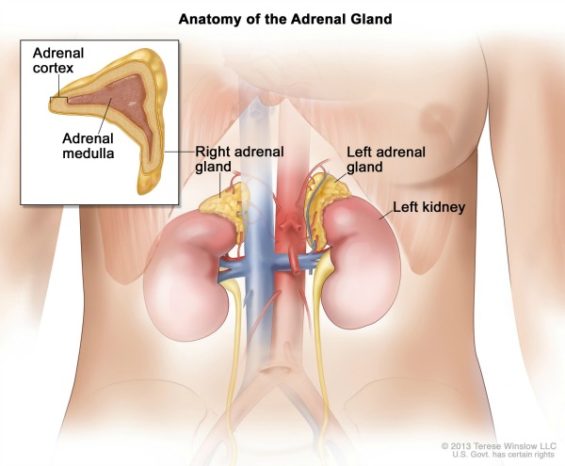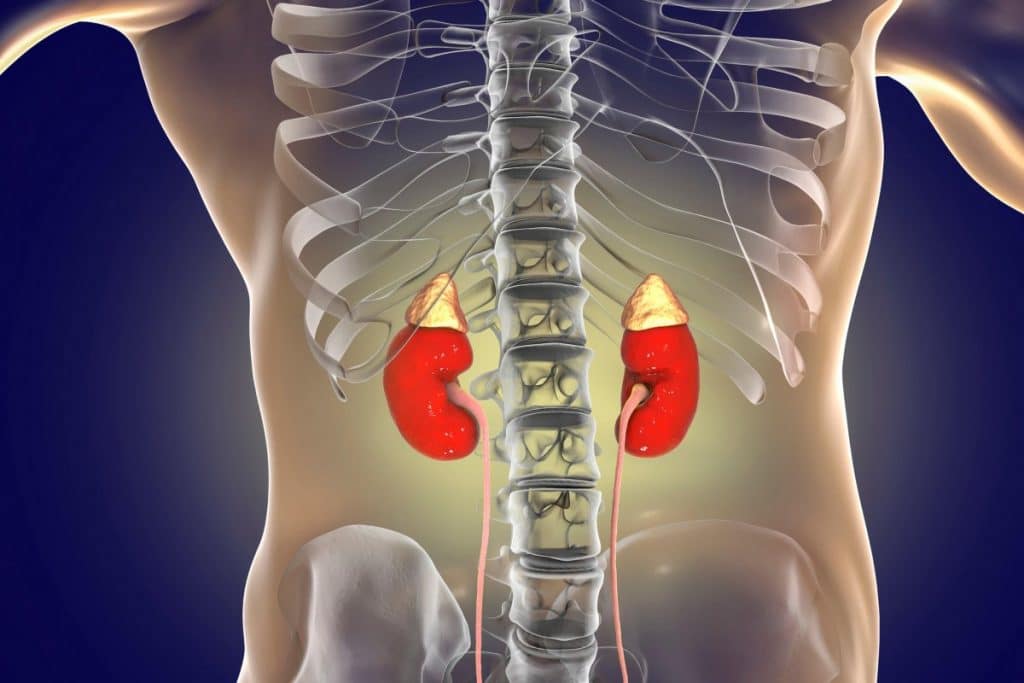

This is a tumour which doesn’t produce any hormones itself. Only very occasionally are tumours inherited - for example, in a condition known as multiple endocrine neoplasia (MEN1).īy far the most common type of tumour (about half of all cases) is the ‘non-functioning’ tumour. Most pituitary tumours occur in people with no family history of pituitary problems and the condition is not usually passed on from generation to generation. Some pituitary tumours can exist for years without causing symptoms and some will never produce symptoms.

The term benign is used by doctors to describe a swelling which is not cancerous.

Pituitary tumours are not 'brain tumours'. The most common problem with the pituitary gland occurs when a benign tumour (used to describe a ‘growth’), also called an adenoma, develops. What can go wrong with my pituitary gland? The hypothalamus influences the functions of temperature regulation, food intake, thirst and water intake, sleep and wake patterns, emotional behaviour and memory. These signals, in turn, control the production and release of further hormones from the pituitary gland which signal other glands and organs in the body. This serves as a communications centre for the pituitary gland, by sending messages or signals to the pituitary in the form of hormones which travel via the bloodstream and nerves down the pituitary stalk. The hypothalamus, which controls the pituitary by sending messages, is situated immediately above the pituitary gland. If, on the other hand, you are over-producing certain hormones, then you would have features due to the over production of the specific hormone concerned.įor more information about the pituitary gland and more, as well as educational resources, visit the Society for Endocrinology's 'You and Your Hormones' website The hypothalamus If your pituitary gland is not producing sufficient amounts of one or more hormones this is called hypopituitarism. Hormones are chemicals that carry messages from one cell to another through your bloodstream. It secretes hormones from both the front part (anterior) and the back part (posterior) of the gland. Pituitary patient stories - peer support.Advice for living with a pituitary condition.What can go wrong? A guide to conditions.It is attached to the base of your brain by a thin stalk. The pituitary gland is often called the master gland because it controls several other hormone glands in your body, including the thyroid and adrenals, the ovaries and testicles. Your pituitary gland is about the size of a pea and is situated in a bony hollow, just behind the bridge of your nose.


 0 kommentar(er)
0 kommentar(er)
